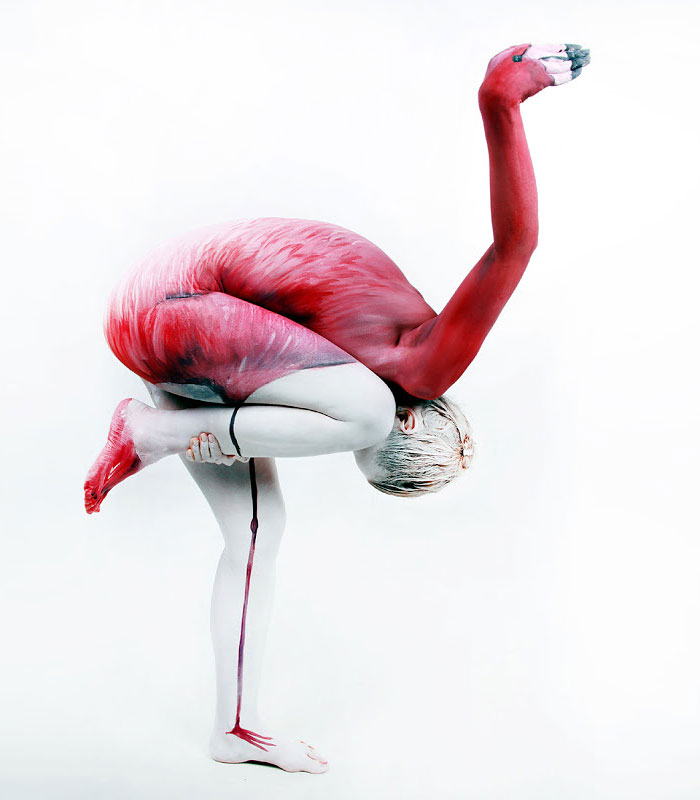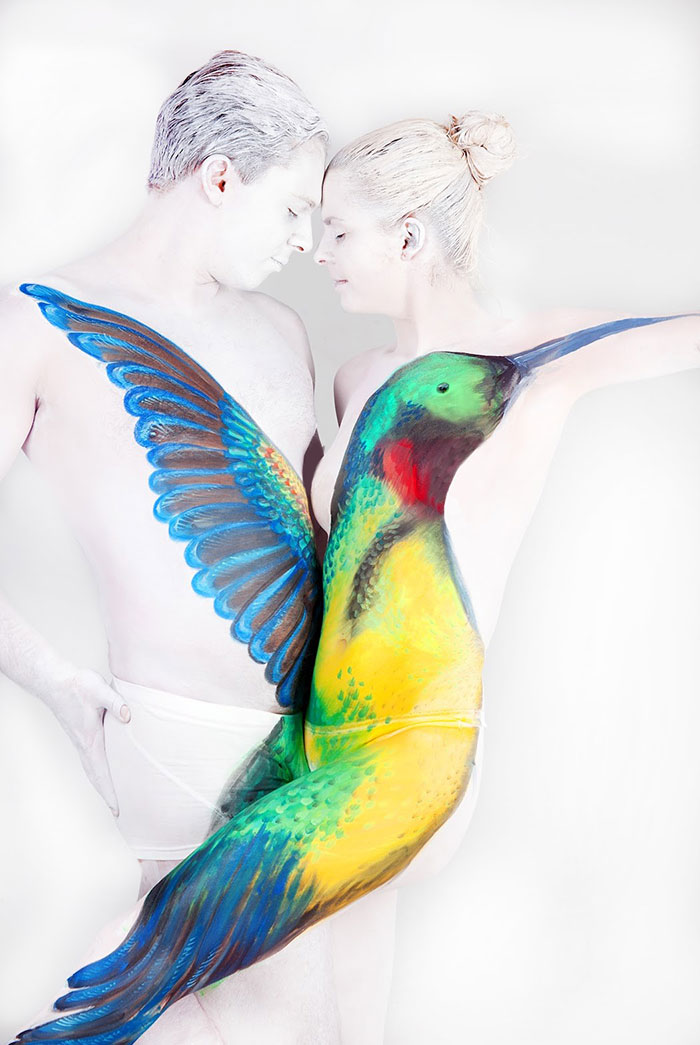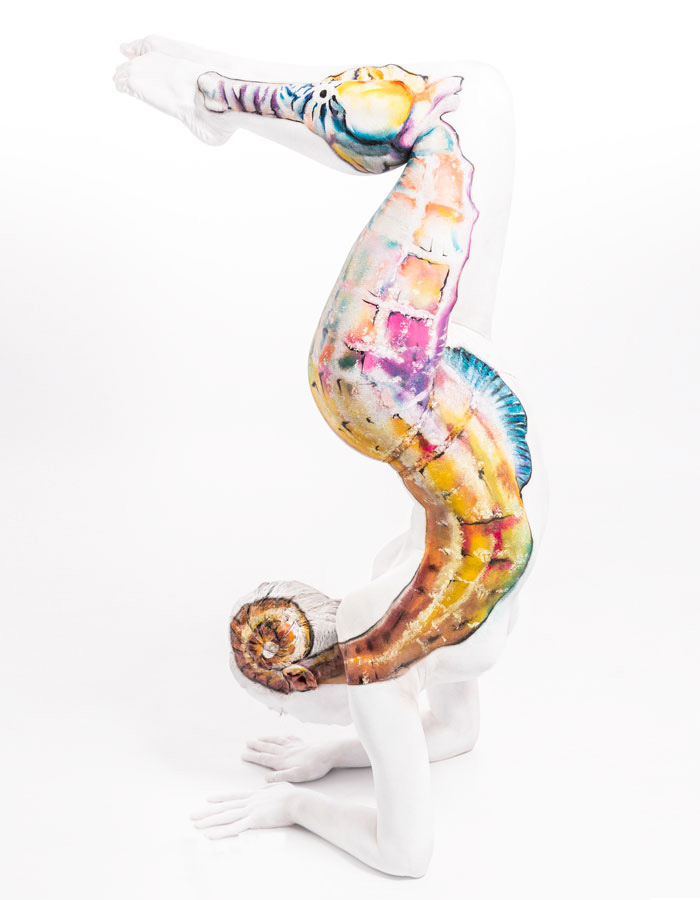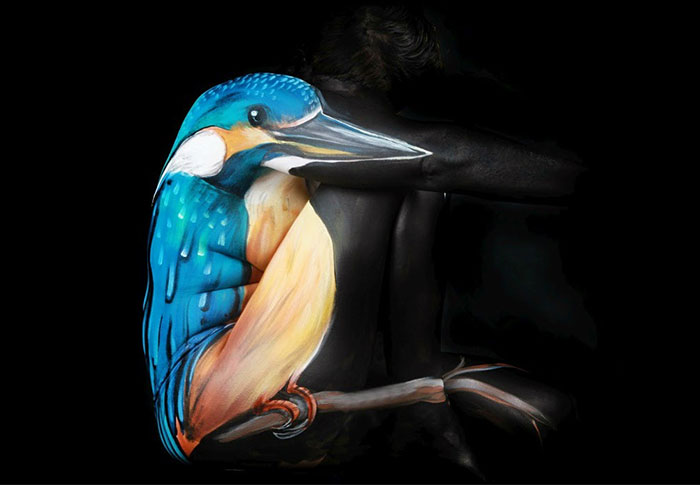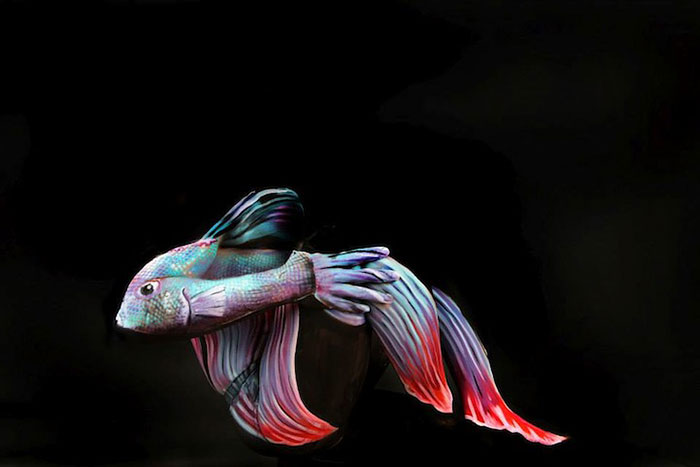So, you’ve landed a new teaching position? Congratulations! Starting at a new school in a new room with new students can be overwhelming. You have to learn the layout, remember your new colleagues’ names, and memorize a new bell schedule. As you navigate the details of your new home-away-from-home and settle into your new space, it can be hard to know where to start.
The five tips below will get you started on the right foot.

1. Get the lay of the land.
Start by checking out your new space. Open all the cabinets, closets, desk drawers, and cubbies. You will probably find you fall into one of two camps. You’ll either have so much stuff you won’t know what to do with the excess or you’ll have nothing at all and wonder how you’re supposed to teach art with no paint. Take a deep breath. Either way, you’ve got this.
For the person who has to sift through the clutter:
Go closet by closet, or drawer by drawer. Ask yourself, “Will I actually use this?” If your answer is a strong “no,” toss it. At one school, I filled up six giant garbage cans. The art teacher before me had been there for thirty years. While I hated throwing so much away, they were materials I couldn’t use, and I needed the space.
If your answer is an “Absolutely!” put the item on a counter or flat surface. As you go, group like items in a way that makes sense to you. (Make sure to take a break and head to the dollar store for cheap storage bins, or make your own.) As soon as you can, take an inventory.
Download the handout below to help you with this step.

DOWNLOAD NOW!
For the person who has nothing:
I once stepped into a classroom that had hardly anything aside from crayons, black watercolor refill pans, and three closets full of yarn. It was challenging, but we made do for a grading period.
If nobody has talked to you about your budget, determine what you need and what you want before you go to your administrator. List the supplies you need to run a quality art program. Explain why you need them and how your students will benefit from having them. Use this toolto help you make your case.

DOWNLOAD NOW!
Assess your students’ prior knowledge.
What did your students learn last year? Ask them to write about it on a Post-It or have a large-group discussion.
What do they want to work on this year? Tapping into your students’ interests can be incredibly valuable as you look to develop your art program.
Assess, assess, assess. Formative, summative, pre-assessments, checklists. Skills, techniques, vocabulary.
If you want an amazing arsenal of assessment knowledge, be sure to check out AOE’s course Assessment in Art Education. You’ll leave the course with a comprehensive toolkit containing many types of authentic assessments ready for direct application in your classroom!
2. Step outside the legacy that precedes you.
Talk to your administrator to find out what “traditions” you’re expected to uphold. Do you need to keep digital portfolios or prepare for an end-of-year art show? Are there displays you are responsible for within the school or in the community? Iron all these details out in your first few weeks, so you can prepare.
Make your own legacy. If the old art teacher only let the students color and never broke out the paint, put your energy into advocacy. Show your colleagues, administration, parents, and students how awesome you are going to make the art program. If you are tasked with filling the shoes of a rockstar art teacher, lucky you! Determine what they did and why it was so successful. If it fits your style, borrow some of their ideas. Remember, this is your program now, and you can pick and choose what inspiration you want to take.

Simultaneously, don’t feel trapped by the words, “The old art teacher used to….” Figure out a polite way to establish your program. Something along the lines of, “That sounds like it was really cool. I can’t wait for you to see all the fun things I have planned for us this year.”
3. Connect: with faculty, parents, and most of all, students.
Connect with Faculty
Pull up a chair at a faculty meeting and introduce yourself to everybody. It may make you nervous, but try to infiltrate those already-established cliques. As a newbie and the art teacher, insert yourself to bridge the gap between departments. If you work with people who are hard to crack, kill them with kindness.
Connect with Parents
With so many students, it can be difficult to know parents and cultivate relationships with them. If you work hard at this one, you’ll be a household name before you know it. Send a letter home or create a digital newsletter. Keep digital portfolios and invite parents to be a part of them. Open a social media account like Instagram to showcase the artmaking process, recognize student work, and keep parents in the loop.
Connect with Students
If you have 700 students and have a hard time remembering names, I hear you! However, don’t underestimate the power of knowing your students by name. Learn them as quickly as you can. Ask your students to help hold you accountable; when they see you in the hallway, tell them to quiz you. As you learn names, try to learn more about your students’ unique interests, hobbies, and personalities. Relationship building is key.
4. Avoid the negativity.

Every school has a past, and sometimes it is tumultuous. If you notice certain people who always seem to be complaining, keep your distance, so you have an opportunity to make your own judgments. If the staff lounge is a breeding ground for negativity, you may want to eat elsewhere or limit your time there. Also, recognize that all schools and all districts have their own issues. Politics and past practice might be a hot topic of conversation, but it’s also important to let the past stay in the past.
Some of my best friends are former colleagues and fellow teachers. However, as you navigate your new territory, be careful to whom you open up. Keep your guard up a bit until you get to know your circle, and never, ever gripe about your new colleagues! This advice especially rings true during your first few weeks as you don’t know exactly who you can trust.
On the other hand, don’t let red flags go unnoticed. If your administration doesn’t support you, if your colleagues are bullies, or if you’re flat out unhappy, trust your gut. If you give the position a chance and it just doesn’t feel right, remind yourself you aren’t trapped! Seek new opportunities if this one isn’t for you.
5. Take care of yourself.
I’m a huge advocate of self-care. As a teacher, it is easy to put yourself last – after paperwork, after grading, after students, after obligations. Beware of burnout, especially in your first month!

- Set an alarm to remind yourself to go home.
If it’s eight o’clock, you’ve stayed too late! Make a list, prioritize the most important items, and save it for tomorrow (or next week). - Stay healthy.
Take your vitamins. Make time for exercise. Meal prep and freeze healthy lunches. Keep some healthy snacks and tea in your desk. If you feel yourself getting sick, rest up. - Give yourself a weekend.
You deserve (and need!) time with your friends and family! - Give yourself a break.
Fellow perfectionists, it doesn’t have to be perfect immediately. Allow yourself room for growth. If you don’t already, consider practicing mindfulness. - Set goals.
What do you want this job to look like mid-year? Determine a couple of big ideas for the second semester. Create a “wish list” for end-of-year accomplishments you hope to achieve.
Starting a new job can feel like a whirlwind. Keeping these things in mind will help you navigate the change successfully. Figure out what you’re working with, get to know your school community, and be proud of the teacher you are. The rest will fall into place!
What were your greatest struggles and triumphs when you started in a new school?
What tips do you have for teachers starting in a new position?

